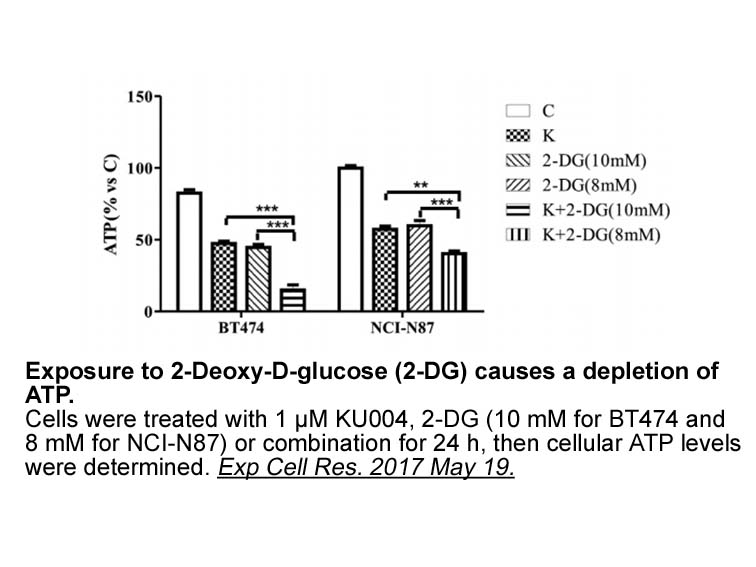Archives
For all analyses a P value
For all analyses, a P-value<0.05 was considered statistically significant. Statistical analyses were carried out using SAS version 9.3 (SAS Institute, Cary, NC). Ethical approval for this study was obtained from the Sunnybrook Health Sciences Center Research Ethics Board (Date of approval August 26th, 2011; Approval number: 258-2011).
Results
A total of 229 patients completed the survey, representing 44% of all ICD patients presenting to the Sunnybrook Health Sciences Center ICD clinic during the study period, of which 78% reported receiving the influenza vaccine. Table 1 summarizes the characteristics of patients who did and did not receive the influenza vaccine. Unvaccinated individuals were younger, less likely to have had a family physician for at least 5 years, and more likely to have received a primary prevention ICD. No differences in co-morbidities, left ventricular systolic ejection fraction, use of anti-arrhythmic drugs, or median household income, a marker of socio-economic status [9], were noted between the two groups.
The retrospective nature of the study allowed for complete information on ICD therapies to be obtained for all patients during the study period. Overall, 17% of the 229 patients in our cohort received any ICD therapy during the 9-month study period. Two patients had electrical storm during the study AMG-517 – one patient who received the influenza vaccine had electrical storm in the “pre”-influenza season (4 discrete ventricular tachycardia episodes in 24h requiring antitachycardia pacing) and one unvaccinated patient had electrical storm during influenza season (4 discrete ventricular tachycardia episodes requiring 4 ICD shocks). Multiple ICD therapies (≥2 appropriate or inappropriate ICD shocks or antitachycardia pacing) were noted in 19 patients, including 4 unvaccinated patients. Multiple ICD shocks (≥2 appropriate or inappropriate ICD shocks) were observed in 4 patients, including 3 unvaccinated patients.
There was no significant difference in the absolut e number of individuals receiving any ICD therapy or appropriate ICD shocks when comparing the 3 segments of time (Fig. 1). A non-significant trend toward more appropriate ICD shocks was observed in unvaccinated individuals (Fig. 1, grey bar graph).
The mean number of all ICD therapies and appropriate ICD shocks during influenza season is shown in Fig. 2. A trend toward a greater average number of ICD therapies received during influenza season (inappropriate and appropriate ICD shocks and antitachycardia pacing) was observed in unvaccinated patients compared to vaccinated patients (unadjusted IRR=3.2; P=0.07). Similar findings were noted when analyzing only appropriate ICD shocks (unadjusted IRR=9.0; P=0.17). The IRRs were not significant after adjusting for age, primary versus secondary prevention indication, use of anti-arrhythmic drugs and the number of “pre”-influenza season ICD therapies (All ICD therapies: adjusted IRR=1.2; P=0.81; Appropriate ICD shocks: adjusted IRR=0.31; P=0.64).
When the analysis was limited to subjects with a left ventricular ejection fraction ≤35% (Fig. 2), unvaccinated individuals received a significantly greater number of any ICD therapies during influenza season than vaccinated individuals (unadjusted IRR=5.8; P=0.045). However, significance was not reached after adjusting for factors known to impact cardiac arrhythmia (adjusted IRR=2.6; P=0.31). Unvaccinated patients in this specific cohort received a significantly greater number of appropriate ICD shocks (P<0.002) since no vaccinated patients with a left ventricular ejection fraction <35% received an appropriate ICD shock during the influenza season.
e number of individuals receiving any ICD therapy or appropriate ICD shocks when comparing the 3 segments of time (Fig. 1). A non-significant trend toward more appropriate ICD shocks was observed in unvaccinated individuals (Fig. 1, grey bar graph).
The mean number of all ICD therapies and appropriate ICD shocks during influenza season is shown in Fig. 2. A trend toward a greater average number of ICD therapies received during influenza season (inappropriate and appropriate ICD shocks and antitachycardia pacing) was observed in unvaccinated patients compared to vaccinated patients (unadjusted IRR=3.2; P=0.07). Similar findings were noted when analyzing only appropriate ICD shocks (unadjusted IRR=9.0; P=0.17). The IRRs were not significant after adjusting for age, primary versus secondary prevention indication, use of anti-arrhythmic drugs and the number of “pre”-influenza season ICD therapies (All ICD therapies: adjusted IRR=1.2; P=0.81; Appropriate ICD shocks: adjusted IRR=0.31; P=0.64).
When the analysis was limited to subjects with a left ventricular ejection fraction ≤35% (Fig. 2), unvaccinated individuals received a significantly greater number of any ICD therapies during influenza season than vaccinated individuals (unadjusted IRR=5.8; P=0.045). However, significance was not reached after adjusting for factors known to impact cardiac arrhythmia (adjusted IRR=2.6; P=0.31). Unvaccinated patients in this specific cohort received a significantly greater number of appropriate ICD shocks (P<0.002) since no vaccinated patients with a left ventricular ejection fraction <35% received an appropriate ICD shock during the influenza season.
Discussion
An increased incidence of ventricular arrhythmias in winter and spring has been described, although the mechanism is unknown [7,10]. Non-arrhythmic cardiac events also increase in winter, potentially related to acute influenza infection. Possible mechanisms for increased cardiac events with influenza infection include an increase in circulating clotting factors and inflammatory cytokines, which may enhance thrombosis, induce endothelial dysfunction, or inhibit vasodilation [10], all of which may result in ischemia and heart failure, leading to arrhythmia. Prevention of influenza infection may attenuate this cascade, thereby attenuating arrhythmia risk in winter.